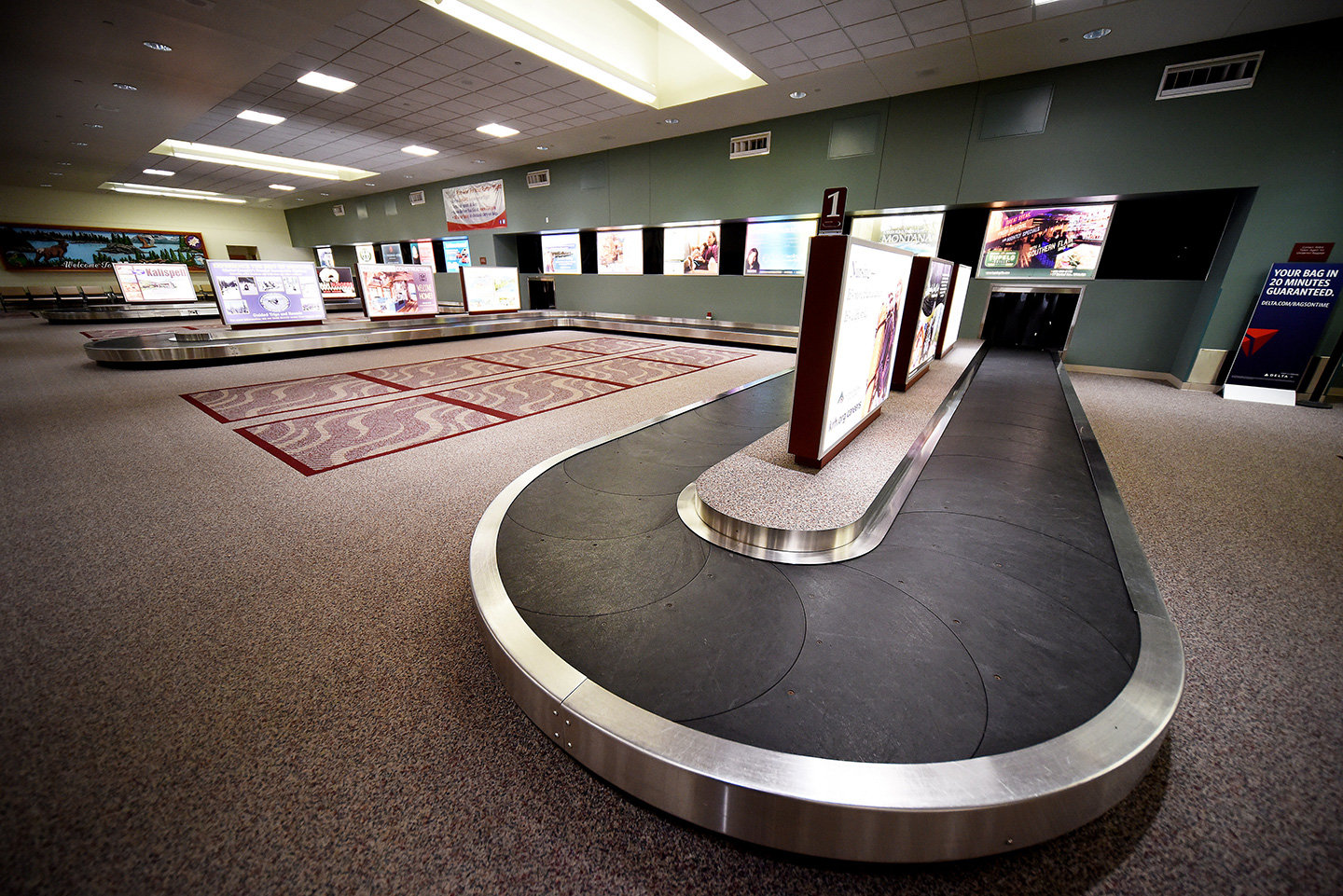Notice For Public Meeting
Consultation For ACDBE Opportunities
At
Glacier Park International Airport (GPI)
The Flathead Municipal Airport Authority (FMAA) has established an Airport Concessions Disadvantaged Business Enterprise (ACDBE) Program for the Glacier Park International Airport (GPI) in accordance with regulations of the U.S. Department of Transportation (DOT), 49 CFR Part 23. The FMAA anticipates it will receive Federal financial assistance from the Department of Transportation, and as a condition of receiving this assistance, FMAA has signed an assurance that it will comply with 49 CFR Part 23.
As per section Part 23.43 establishing the upcoming ACDBE goals for Federal Fiscal Years (FFY) 2023/2024/2025, a public/consultation meeting will be held on February 20, 2023 at 2:00 PM at Glacier Park International Airport (GPI) 4170 Highway 2 Kalispell, MT 59901 for the purpose of discussing potential opportunities for ACDBE participation in upcoming projects, gain input, and to answer questions. The meeting may be attended remotely via the link and phone number listed below. All interested parties are invited to attend which may include (but not limited to) minority, women’s and general contractor groups, community organizations, and other officials or organizations who may have interest or information pertinent to the implementation of the Owner’s ACDBE Program. The meeting is not mandatory for ACDBE participation for opportunities at the Glacier Park International Airport (GPI).
Please utilize the following link or call-in number to access the meeting:
Join on your computer, mobile app or room device
Meeting ID: 220 529 120 825
Passcode: GU7Mg8
Or call in (audio only)
+1 406-272-4852,,2080625# United States, Billings
Phone Conference ID: 208 062 5#
Questions regarding the meeting or requests for call line shall be directed to:
Ian McKay – Deputy Airport Director
Flathead Municipal Airport Authority
Glacier Park International Airport
4170 Highway 2
Kalispell, MT 59901
406.252.5994
Ian McKay <imckay@glacierairport.com>
GPIA Master Plan
The airport master plan is a guide which details the status quo, forecasted growth, and alternatives for future development of an airport. As a public-use, commercial service airport, GPIA is required to undergo a master plan update every 10 years. The airport has seen continuous growth in passenger enplanements and airline service for the last six years and, in an effort to meet this increasing demand, the airport is exploring opportunities for a terminal building expansion, among other necessary facility improvements.
The airport is under contract with its planning consultant, Mead & Hunt, for the completion of the master plan update. Over the past year, Mead & Hunt has been working with the FMAA Board, industry stakeholders, local government entities and the public to complete the following steps of the master plan:

- An inventory of existing facilities and infrastructure capacities is created to capture the status-quo. This is a snap-shot in time of the airport as it currently exists.
- A forecast of future passenger, cargo, and operational demands is developed using advanced planning techniques to highlight 5, 10, and 20-year benchmarks. Once developed, the FAA reviews and approves the forecast.
- A round of stakeholder workshops is held to solicit stakeholder comments and ideas about the future of the airport.
- Required facility upgrades are identified to meet the forecasted demands.
- Development strategies, known in the industry as “alternatives,” are created to carry out the facility requirements.
- Preferred alternatives are selected for each airport facility i.e. runways, taxiways, aprons, the terminal, etc.
- Another round of workshops is held to gather public input.
- The preferred alternatives are organized chronologically into a Capital Improvement Program (CIP) based on forecasted benchmarks, project costs, and availability of funding.
- The FAA reviews the CIP.
- A financial plan is developed to ensure financial feasibility of the capital improvement program.
- A land use plan is created to address the impacts of encroaching, incompatible land uses. Variables such as airspace obstructions, noise impacts, and clearance of safety zones are analyzed.
- Environmental impacts resulting from airport development are reviewed to determine the need for an environmental assessment or any mitigation.
- Finally, the Airport Layout Plan (ALP) is established. This is a graphical depiction of the existing airport facilities overlaid with the planned development alternatives.
- The FAA reviews the ALP and approves the airport master plan.
The Master Plan, a complex, year-long project, will focus primarily on terminal expansion. It was scheduled for completion in late 2018.


